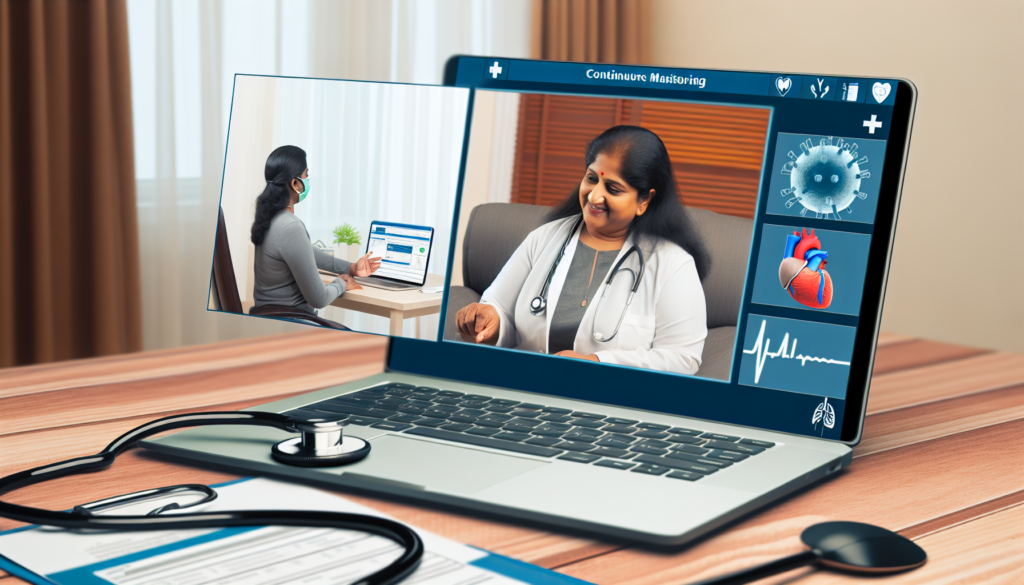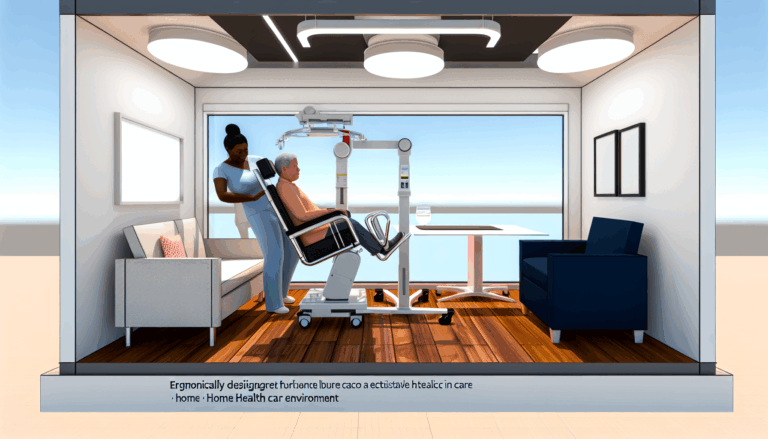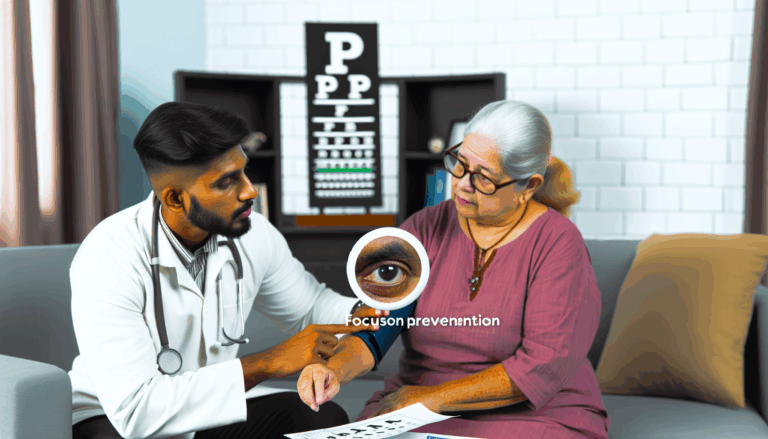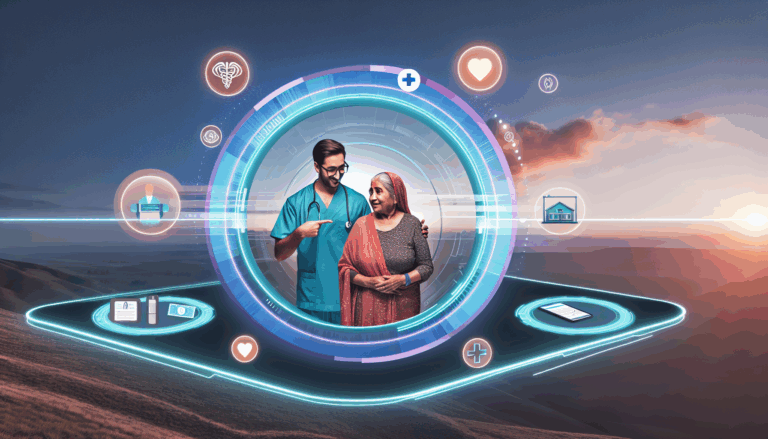Understanding the Power of Telehealth in Home Healthcare
Home healthcare is steadily gaining recognition as a practical alternative to traditional medical care, primarily due to the advances in telehealth technologies. Telehealth is swiftly transforming how patients receive care and how providers deliver it, making it a worthy topic to explore.
Telehealth leverages the power of digital information and communication technologies such as computers, mobile devices, and teleconferencing to manage health care within the comforts of one’s environment. This technology brings professional healthcare services to patients who cannot easily travel due to physical limitations, residing in remote locations, or ongoing global health crises.
The Benefits of Telehealth
One of the most significant advantages of telehealth is its capacity to grant immediate, convenient access to healthcare services. It can make specialist care available to people in rural areas and reduce the need for hospital visits. By allowing regular check-ups and consistent monitoring of health conditions, telehealth can help prevent emergency situations and hospital readmissions.
Another advantage is the aspect of comfort and privacy. With telehealth, patients can have their health monitored and discuss their conditions with their healthcare provider right from their homes’ privacy and comfort.
Role of Telehealth in Chronic Disease Management
Chronic disease management is one area where telehealth has shown immense potential. By enabling constant monitoring and care, telehealth technologies can help keep the progression of chronic diseases like diabetes, heart disease, and arthritis in check.
For people with such chronic conditions, regular medical assessments are crucial. Through telehealth, these assessments can be performed at the patient’s home, with real-time data transmitted to doctors for immediate review and action when needed.
Innovation and Future of Telehealth
As the integration of technology and healthcare continues to evolve, we can expect to see more advances in telehealth. From smarter wearable devices and teleconferencing platforms to AI-powered diagnostic tools, the future of home healthcare is exciting.
Furthermore, we can anticipate the increased use of health information technology that integrates electronic medical records with telehealth platforms. This progress will enable seamless information flow between patients and providers, making diagnosis, treatments, and monitoring more efficient.
Conclusion: Embracing Telehealth
In the journey towards accessible, efficient, and quality healthcare for all, telehealth plays a vital role. While there are still challenges to overcome like regulatory issues, lack of technical expertise among older adults, and dependability on reliable internet connection, the potential benefits of telehealth outweigh these hurdles.
Telehealth is shaping the future of home healthcare and holds the promise of improving the quality of life for patients. Embracing telehealth is not only a step forward in the evolution of healthcare but also an investment in our own well-being and longevity.



